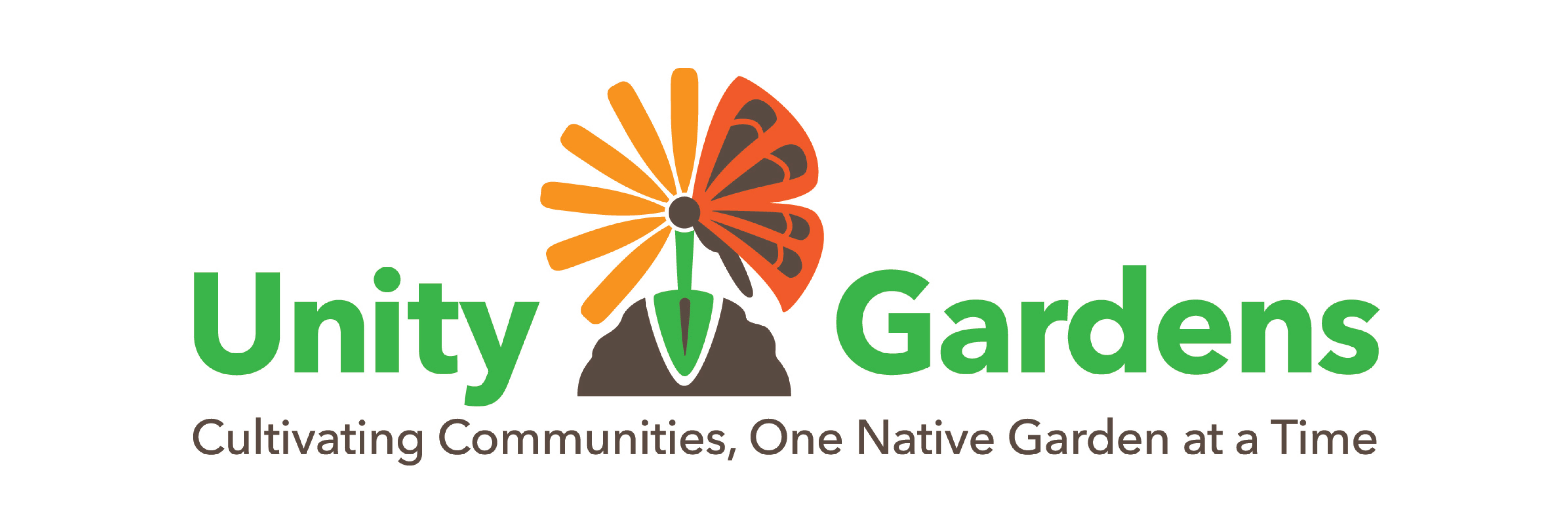Native plants have grown in our region for hundreds of years or more. They are well adapted to our soil and climate, and have developed natural defenses to withstand many types of insects and diseases. By selecting native plants that suit project site conditions, you can reduce or eliminate the need for fertilizers, pesticides, herbicides and watering, which in turn reduces pollution flowing to local streams and the Chesapeake Bay. Native plants also provide the best source of food for wildlife! Did you know that exotic ornamental plants support 29 times less biodiversity than native plants? With few exceptions, only insect species that have shared a long evolutionary history with a particular plant lineage have developed the physiological adaptations required to use those plants. Insects are the cornerstone of a healthy ecosystem: So many animals depend on insects for food (including 96% of all terrestrial birds!) that removing insects from an ecosystem is disastrous. Learn more about how to choose native plants to match your goals and site conditions and where to purchase them locally.
Helpful Tip: Please visit Bay Backpack Wildlife Projects, which features instructions and resources on native & invasive plants and over 50+ projects, including: wildlife habitats & gardens; tree, woodland, stream & meadow projects; wildlife problem-solving; and more!
Before You Start
- Assess Growing Conditions (sun, shade, moisture, etc.)
- Eight Essential Elements of Conservation Landscaping
- Online Yard Design Tool
Select Native Plants for Your Project
- Bay Backpack: Chesapeake Region Native Plants
- Bay Backpack: Gardening for Wildlife
- Native Plant Center Online Database
- Chesapeake Bay Watershed Native Plants Guide (download)
- Native Plants of Anne Arundel County
- Plant Lists for Specific Conditions like Deer, Slopes, Etc. (download guide and go to p.66)
- Avoid Invasive Species! Bad Plants Planted by Good People
